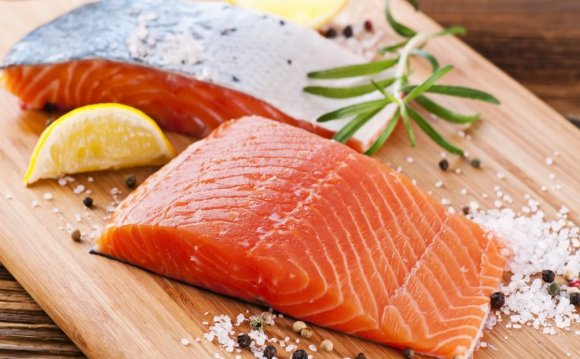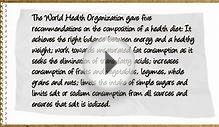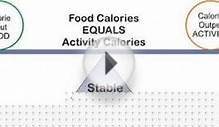
The premise of food-specific diets is that some foods have special properties that can cause weight loss, other foods cause weight gain, and combinations of specific foods cause you to lose or gain.
Nutritionists call the human appetite for a variety of foods food-specific satiety. It’s nature’s way of assuring that you eat a diverse diet and, therefore, get the full spectrum of nutrients. You don’t have to eat only hot fudge sundaes to see the dynamic at work.
Think of last Thanksgiving’s dinner, for example. After eating a full savory, salty meal of turkey, stuffing, gravy, mashed potatoes, rolls, and so on, we bet that you were still tempted to have a slice of sweet pecan or pumpkin pie. That desire for dessert was because your palate was looking for the full complement of flavors.
Unless you ate plenty of marshmallow-topped sweet potatoes, your desire for something sweet wasn’t satisfied. Sour, salty, and bitter — the other components of flavor in the Western diet — probably were featured in the main course. Sweet comes from dessert.
Take a look at some diet programs that focus on your relationship with specific foods:
People with type A blood have ancestors who were farmers; they should be vegetarians and avoid most meats and dairy products.
The theories advanced in this diet book are not documented in scientific literature. Research referred to in the book was performed only by the author and has not been duplicated elsewhere. Many foods are off limits, making the diet extremely inconvenient and boring.
Body type and amount of weight you have to lose aren’t scientifically based criterion for determining dietary needs. Like it or not, no one is so unique that weight-loss success depends on specific foods. Calories in versus calories out is the bottom line and the only rationale that will help you become a shadow of your former self.
The initial phase of the diet is a low-calorie one — 1, 100 to 1, 200 calories a day — and restricts grains and starchy vegetables. Phase two is a 1, 500-calorie diet. Most people can lose weight when calories are so low. There’s no scientific basis for her claims. Gittleman credits her theory to the teachings of Hazel Parcells, an alternative healer, and her personal study of medical textbooks, not tested scientific principles.
The nutrients in many foods are more available to your bodies when combined. Take a sandwich made on whole wheat bread with lean beef topped with tomatoes and lettuce. The fiber in the bread helps the meal digest at a steady rate that keeps energy stable. The vitamin C in the tomatoes helps to absorb the iron from the beef, as well as the iron from the whole grains. If you don’t eat carbs with your protein, you miss those kinds of health benefits.
INTERESTING VIDEO












